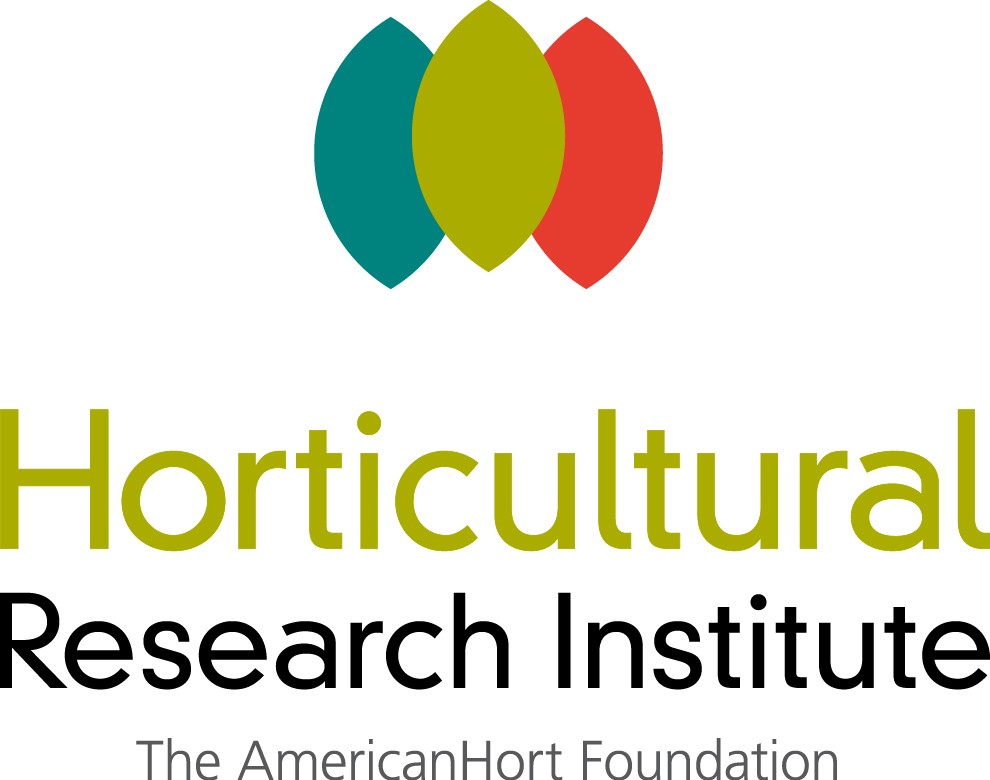Abstract
Topramezone was evaluated in an outdoor container experiment for tolerance of multiple conifer species in Windsor, CT and for postemergence weed control and Fraser × balsam hybrid fir tolerance on a Christmas tree farm in Enfield, CT in 2022 and 2023. In both experiments, topramezone was applied to actively growing Christmas trees at 49 g ai·ha−1 (0.04 lb ai·A−1), 98 g ai·ha−1 (0.09 lb ai·A−1), or 196 g ai·ha−1 (0.17 lb ai·A−1). Balsam fir [Abies balsamea (L.) Mill. var. balsamea], canaan fir [Abies balsamea (L.) Mill. var. phanerolepis Fernald], Fraser fir [Abies fraseri (Pursh) Poir], Nordman fir [Abies nordmanniana (L.)], Norway spruce [Picea abies (L.)] Karst), and white pine [Pinus strobus (L.)] in the container experiment and Fraser × balsam hybrid fir [Abies fraseri (Pursh) Poir] × [Abies balsamea (L.) Mill. var. balsamea] in the field experiment were not injured from topramezone rates ranging from 49 g ai·ha−1 (0.04 lb ai·A−1) to 196 g ai·ha−1 (0.17 lb ai·A−1). Colorado blue spruce [Picea pungens (Engelm)] in 2022 and 2023 and Douglas fir [Pseudotsuga menzeisii (Mirb.) Franco] in 2023 showed temporary bleaching/yellowing of the new growth with topramezone at 196 g ai·ha−1 (0.17 lb ai·A−1). The highest injury was observed at 3 weeks after treatment and ranged from 9% in Colorado blue spruce to 23% in Douglas fir. Common ragweed [Ambrosia artemisiifolia (L.) var. artemisiifolia], horseweed [Conyza canadensis (L.) Cronquist], fall panicum [Panicum dichotomiflorum (L.)], large crabgrass [Digitaria sangunalis (L.) Scop.], and yellow foxtail [Setaria pumila (Poir.) Roem. & Schult. ssp. Pumila] were controlled 61 to 91%, 66 to 98%, and 45 to 99% by 4, 8, and 12 weeks after treatment, respectively, depending upon topramezone rate. Weed density 12 weeks after treatment showed a 58 to 100% reduction depending upon topramezone rate applied and weed species tested. Overall, these results suggest that postemergence topramezone at the labelled rate (98 g ai·ha−1 or 0.09 lb ai·A−1) can be safely used for effective weed control in Christmas trees. Further research is needed to evaluate postemergence topramezone in conjunction with preemergence and other postemergence herbicides for enhanced crop safety and weed control.
Herbicides used in this study: topramezone (Frequency), 4-[3-(4,5-dihydro-1,2-oxazol-3-yl)-2-methyl-4-methylsulfonylbenzoyl]-2-methyl-1H-pyrazol-3-one.
Christmas tree species used in this study: balsam fir [Abies balsamea (L.) Mill. var. balsamea], canaan fir [Abies balsamea (L.) Mill. var. phanerolepis Fernald], Colorado blue spruce [Picea pungens (Engelm)], Douglas fir [Pseudotsuga menzeisii (Mirb.) Franco], Fraser fir [Abies fraseri (Pursh) Poir], Fraser × balsam hybrid fir [Abies fraseri (Pursh) Poir] × [Abies balsamea (L.) Mill. var. balsamea], Nordman fir [Abies nordmanniana (L.)], Norway spruce [Picea abies (L.) Karst], and white pine [Pinus strobus (L.)].
Weed Species used in this study: common ragweed [Ambrosia artemisiifolia (L.) var. artemisiifolia], fall panicum [Panicum dichotomiflorum (L.)], horseweed [Conyza canadensis (L.) Cronquist], large crabgrass [Digitaria sangunalis (L.) Scop.], and yellow foxtail [Setaria pumila (Poir.) Roem. & Schult. ssp. Pumila].
